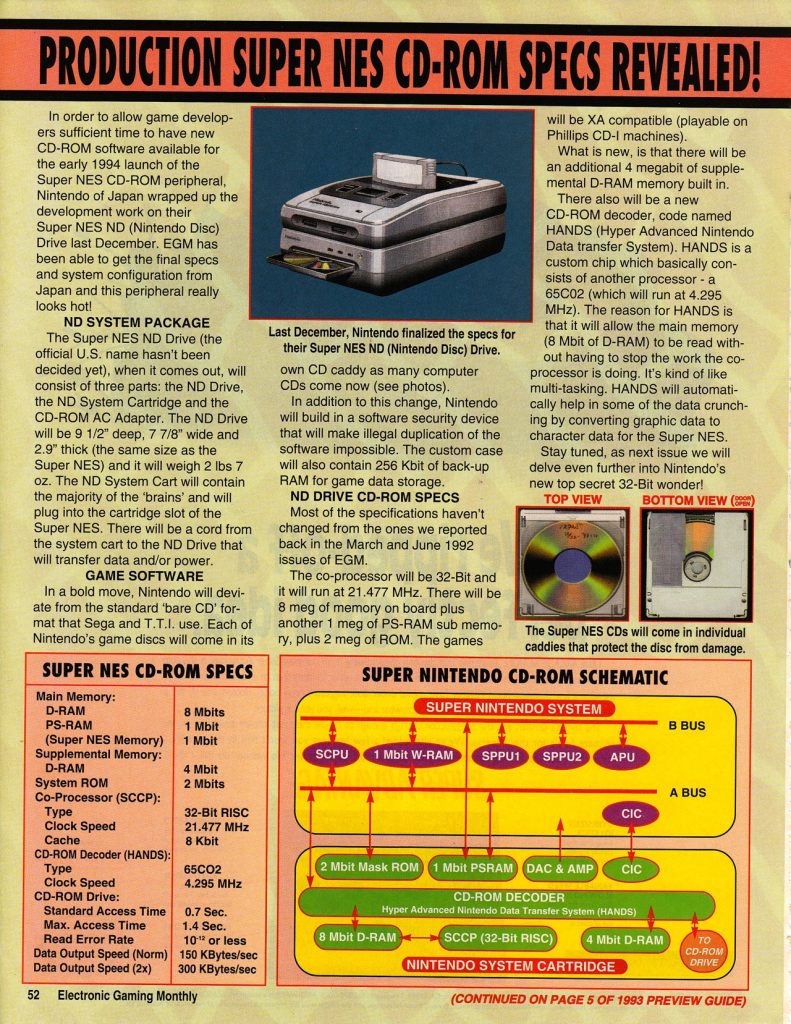https://darth-azrael.tumblr.com/post/648201417459482624/caterpie-in-the-early-90s-nintendo-decided
No, that’s not a typo. Ultimately, it was really Nintendo that was responsible for the Sony PlayStation being created. Back in the 16-bit era, when the Super Nintendo and Sega Genesis were the dominant systems, Sega created a CD add-on peripheral pretty early in the life of the Genesis. Nintendo threatened their own CD add-on but it never saw the light of day. Nintendo partnered with Sony and Phillips at different times (starting with Sony in 1988) to develop this CD add-on but I guess they were never happy the results because the idea was ultimately shelved. Sony, a little upset at having put significant work into a system that wasn’t going to get released (dubbed the Nintendo Play Station), decided to go it alone and release their own standalone system. That would be the Sony PlayStation.
Sony had legitimate reasons to be upset. They announced the PlayStation (Super Nintendo/CD-ROM combo device) at the June 1991 CES. The following day, Nintendo announced its partnership with Phillips. On the other hand, Nintendo was upset by Sony’s attempt at wrangling software licensing away from Nintendo by using a special CD-ROM format that was exclusively owned by Sony. Prototypes continued to be developed and Nintendo and Sony tried to work out their differences through 1992 when Nintendo and Sony reached a deal in which Sony could release SNES compatible hardware. However, the following year, Sony dropped development of the Super Nintendo CD-ROM and devoted its efforts to its own standalone PlayStation.

At the time, I regularly bought issues of Electronic Gaming Monthly and it seemed like every couple of months they had some new news item or preview of the latest iteration of this supposed CD-ROM add-on. One issue went so far as to publish the “final” specs. I had a Super Nintendo and was very interested in this magical super gaming device that was supposed to cost less than $200 and add additional superpowers to the Super Nintendo. I really wanted one.
In June 1992, EGM offered a “First Look” at the new Super Nintendo CD-ROM with schematic. In included impressive features such as a 21 MHz “SCCP” co-processor (lightning fast for a game system at the time…the SNES CPU clocked in at 3.58 MHz) and a total of 8 Megabits of additional RAM (the SNES had 1 MBit). That’s an addition 1 Megabyte which was pretty impressive for the time. Best of all, this wonder machine was supposed to clock in at under $200.
In the November 1992 issue of EGM, there was a news blurb about how Nintendo was abandoning their current design in favor of a new CD-ROM add-on that would have a 32-bit co-processor and that it could be in production as early as August 1993. This was a little confusing in that later specs quoted the same speed for the co-processor.

Finally, in the March 1993 issue of EGM, what were supposedly the “production” specs of the CD-ROM add-on were published. Specs included the following:
- Main Memory
- D-RAM: 8 Mbits
- PS-RAM: 1 Mbit
- Supplemental Memory
- D-RAM: 4 Mbits
- System ROM: 2 Mbits
- Co-Processor (SCCP)
- Type: 32-Bit RISC
- Clock Speed: 21.477 MHz
- Cache: 8 Kbit
- CD-ROM Decoder (HANDS)
- Type: 65C02
- Clock Speed: 4.295 MHz
- CD-ROM Drive
- Standard Access Time: 0.7 Sec.
- Max. Access Time: 1.4 Sec.
- Data Output Speed (Norm): 150 KBytes/sec
- Data Output Speed (2x): 300 KBytes/sec
It would also feature a caddy system where the CD-ROMs would be encased in a caddy to help prevent damage. These specs look quite similar to what had been published months before but with some more detail. But as we all know, this never saw the light of day.

Finally, in the March 1993 issue of EGM, what were supposedly the “production” specs of the CD-ROM add-on were published. Specs included the following:
- Main Memory
- D-RAM: 8 Mbits
- PS-RAM: 1 Mbit
- Supplemental Memory
- D-RAM: 4 Mbits
- System ROM: 2 Mbits
- Co-Processor (SCCP)
- Type: 32-Bit RISC
- Clock Speed: 21.477 MHz
- Cache: 8 Kbit
- CD-ROM Decoder (HANDS)
- Type: 65C02
- Clock Speed: 4.295 MHz
- CD-ROM Drive
- Standard Access Time: 0.7 Sec.
- Max. Access Time: 1.4 Sec.
- Data Output Speed (Norm): 150 KBytes/sec
- Data Output Speed (2x): 300 KBytes/sec
It would also feature a caddy system where the CD-ROMs would be encased in a caddy to help prevent damage. These specs look quite similar to what had been published months before but with some more detail. But as we all know, this never saw the light of day.




